What dermatologist treatments are there for large pores?
Dermatologists, cosmetic doctors and other aesthetic practitioners offer many treatments that can help reduce large pores. The following list explains your main options:
Laser or intense pulsed light (IPL) treatment
Treatments using either laser or intense pulsed light can smooth skin, improve tone, and shrink pores. See the section ‘Can I use a laser treatment to get rid of large pores?’, further down this page, for more information on laser treatment and intense pulsed light treatment for shrinking pores.
Microneedling
Microneedling can be a good way to reduce pore size. This treatment, which is also known as medical needling, uses a small, spiky roller tipped with slender stainless steel spikes to create thousands of tiny puncture wounds in your skin. The healing process that takes place as the skin scrambles to mend itself releases growth factors and creates new collagen and elastin, all of which makes the skin fresher and firmer than before.
toxins
toxins, the most widely used cosmetic neurotoxin, is famous – okay, infamous – for freezing facial muscles, but it can also be used both to reduce sweating and to reduce the production of oil in the skin. The practitioner injects the toxins into the skin, close to the surface, rather than into the muscles of the face.
Skin peels
A skin peel can tone and refresh the surface of your skin, making your pores less noticeable. Aesthetic clinics offer a wide variety of skin peels using professional-strength acids applied by a practitioner. Alternatively, you can use consumer-strength acids to peel your skin at home.
Microdermabrasion
Microdermabrasion involves using a device tipped with minute diamonds to remove dead skin – basically, sanding it off, if you’re comfortable with carpentry terms, or ‘abrading’ it, if you prefer a more anodyne technical term. Given how delicate your skin is, diamonds may seem like overkill, but the practitioner uses the device to remove just the very surface of the skin and unclog any blackheads lurking in your pores.
Radiofrequency
Radiofrequency (sometimes referred to as ‘RF’) involves heating up the lower layers of the skin (the dermis) to 42 degrees C, at which point the existing collagen contracts. The contraction creates an instant tightening effect, but the blast of heat also makes the skin think it is injured, causing it to throw out growth factors and new collagen to heal the perceived wounds. Radiofrequency can also be used for skin resurfacing, both treating the skin surface directly to tighten and brighten it, and using tiny needles to send the radiofrequency energy deeper into the skin, which improves skin texture and reduces the appearance of pores.
Can I use a laser treatment to get rid of large pores?
Yes. Laser treatment can be a great way to clean your pores and shrink their size. Intense pulsed light (IPL), which is not technically laser treatment but is often lumped in with laser treatments on websites, can also do your pores a power of good. Whereas laser uses tightly focused light, intense pulsed light delivers a broad-spectrum blast of light, not unlike the flash from a flashgun.
Various light treatments are available for shrinking pores. Some of these treatments use only laser, while others using both laser and intense pulsed light (IPL).
For example, the Skin Laundry Laser and IPL Facial is a 15-minute treatment that starts with a light dose of laser to vaporize dirt, grime, and bacteria that are clogging your pores. After the laser, the practitioner gives your face a quick blast of intense pulsed light, which helps give your skin a more even tone. The Laser and IPL Facial is a quick treatment that you would need to have regularly for best effect.
Another facial treatment that uses either laser or intense pulsed light is the Skin Matters Facial with IPL or Laser. This facial takes up to two hours and has eight stages, including a cleanse, a light peel, steaming to soften the skin and open pores, and extractions of debris from the pores. The practitioner finishes with a dose of either laser or intense pulsed light — whichever light treatment will benefit your skin most.
The Laser Genesis treatment uses a non-ablative Genesis Nd:YAG laser to generate renewal in the skin, stimulating collagen production, plumping fine lines, and improving pore size and texture. For best effect, practitioners typically recommend a course of several treatments with a few weeks in between each.
How can I tighten the pores on my face naturally?
Practise good skincare with the following list of recommendations. Chances are you already know all these moves, but it’s amazing the number of people who disregard them or simply don’t bother.
- Keep your face clean by cleansing it regularly.
- Avoid touching your face with dirty hands. (Easier said than done!)
- Use a salicylic acid toner which can penetrate into the pores, to help keep them clear.
- Exfoliate gently two or three times a week.
- Drink plenty of water to keep your skin hydrated.
- Use a hydrating serum twice every day. The hydrating serum plumps up your skin, which has the effect of shrinking your pores.
- Use sunscreen to protect your skin. Sun damage makes your skin less firm.
- Use a night-time product containing some form of Vitamin A, such as retinol.
- Use a clay mask (see the next section for more information).
Does a clay mask for pores work?
Clay masks are pretty good at drawing both your skin’s natural oils and any impurities out of your skin. A mask also draws out water from your skin. The effect of a mask is to tighten your skin and to reduce the size of your pores temporarily.
Clay masks can be harsh on your skin, stripping so much moisture and oil out of it as to leave it dry and rough. To avoid this unwanted effect, look for a mask that contains kaolin, bentonite, or both. Kaolin and bentonite are both types of clay that are good for absorbing oils from the skin without being harsh on it.
Kaolin is sometimes referred to as white clay, although the colour is usually more beige; it is formed by the natural decomposition of other clays or of the crystalline rock called feldspar. Bentonite, which is formed by the breakdown of volcanic ash, is typically a mid-grey colour.
You’ll need to experiment with different clay masks to find which works best for your skin. If you have combination skin, you may get the best effects by using two or more different masks on different parts of your face. Using two or more masks is sometimes called ‘multi-masking’.
When you find a type of clay mask that works for your skin, be sure to use the mask the right way:
- Cleanse your skin, and exfoliate if necessary, before applying the mask to it. Your skin should be dry and your hands should be clean.
- Use only a small amount of mask – enough for a thin layer covering your face and neck. You may be tempted to slather on the mask, but this doesn’t really help.
- Set a timer for the recommended length of time. Leaving the mask on for longer doesn’t help either.
- Avoid overusing the mask. Some masks are designed for daily use; but even so, your skin may not need daily applications. Other masks are intended for use two or three times a week.
What facial should I use to clear out pores?
There are plenty of facialists and skin clinics that offer deep-cleansing treatments that will really muck out the pores, after which your skin will look fresher and clearer.
Deep cleansing is usually done with gentle steaming, which is not, as is popularly supposed, to dilate the pores (they’re not like flowers, they don’t open up), but to soften the blocked oil that is stuck in them. After that, the softened blackheads are extracted. The facialist either squeezes the blackheads out gently (it’s not comfortable, but it is effective), or vacuums them out with a suction device.
Pore-shrinking tweakments take this to the next level so that your pores will seem vanishingly tiny and you will feel you have given your skin a quick ‘reset’.
Can I use a chemical peel for large pores?
Yes – a chemical peel can be a great way to freshen up the surface of your skin, remove impurities, and so shrink down your pores. You can either perform the peel yourself, using a consumer-grade acid such as glycolic acid, or have a practitioner perform the peel on you, typically using a professional-grade or medical-grade acid – stronger acid that works more quickly and needs expert handling.

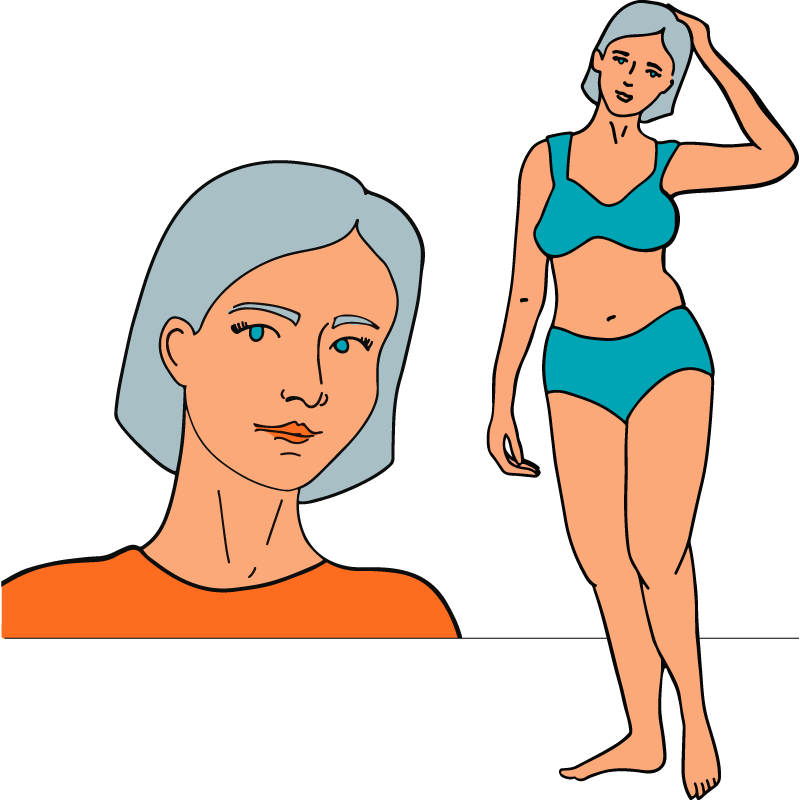



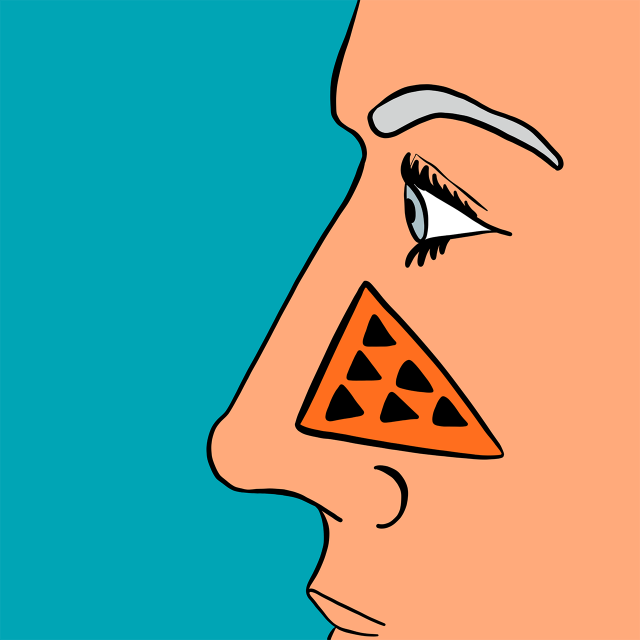
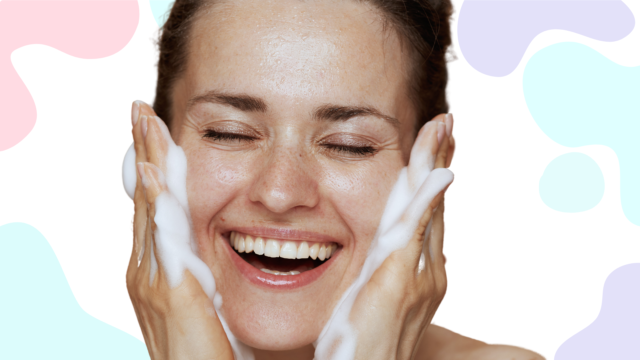



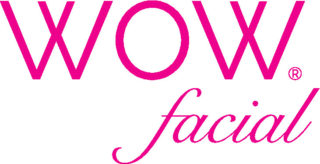

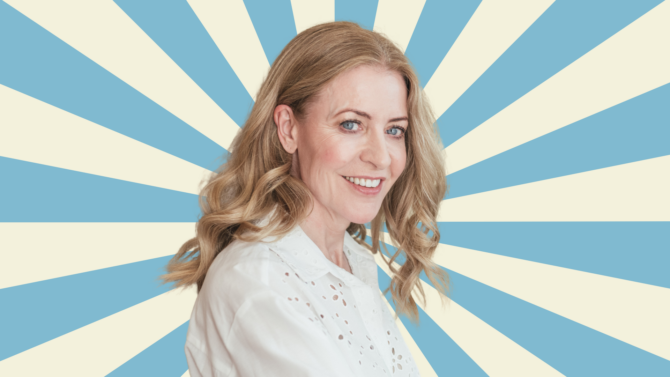
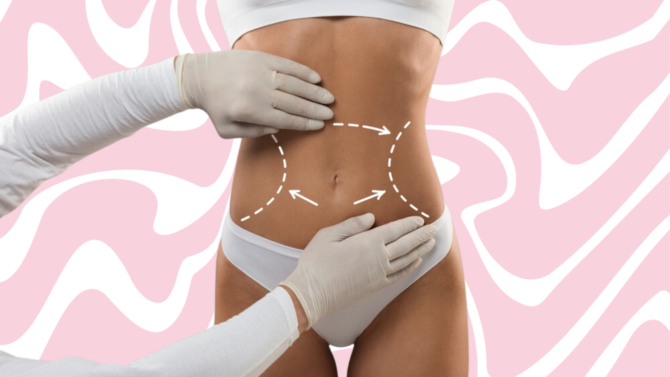

 The Tweakments Chatbot
The Tweakments Chatbot